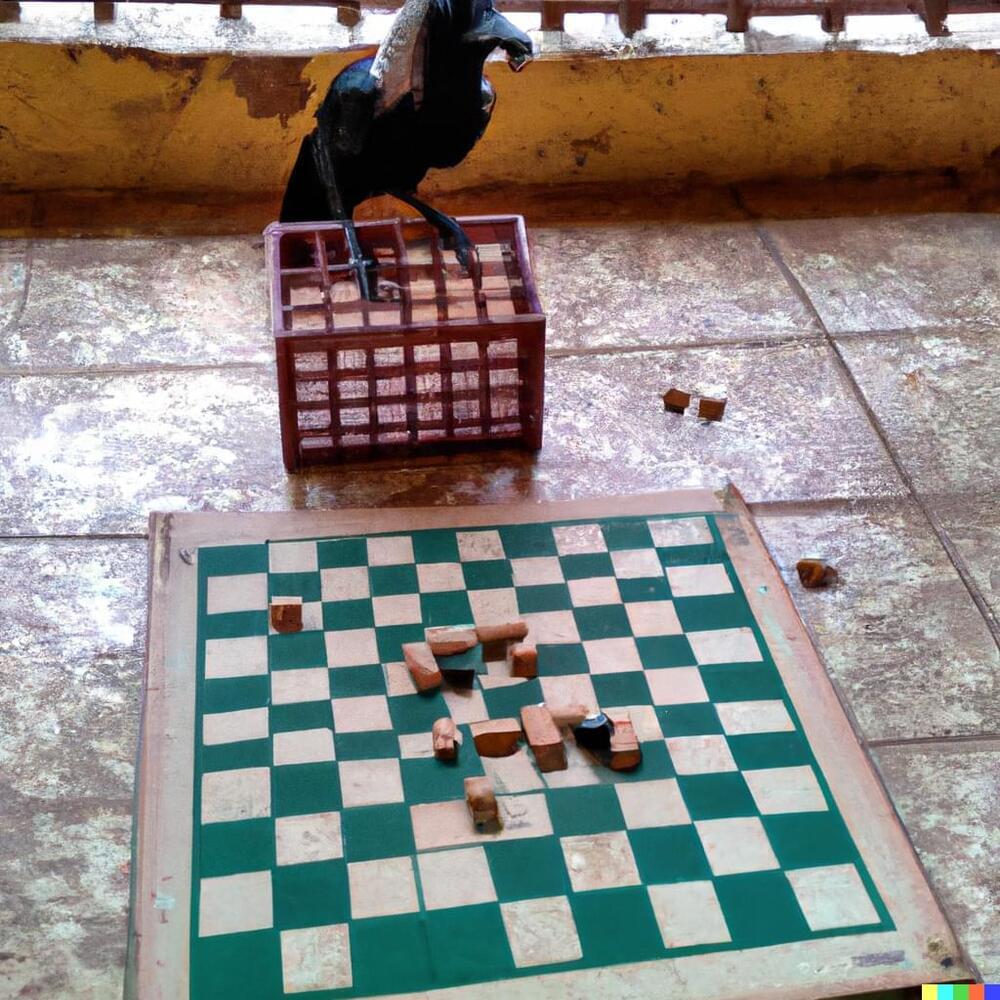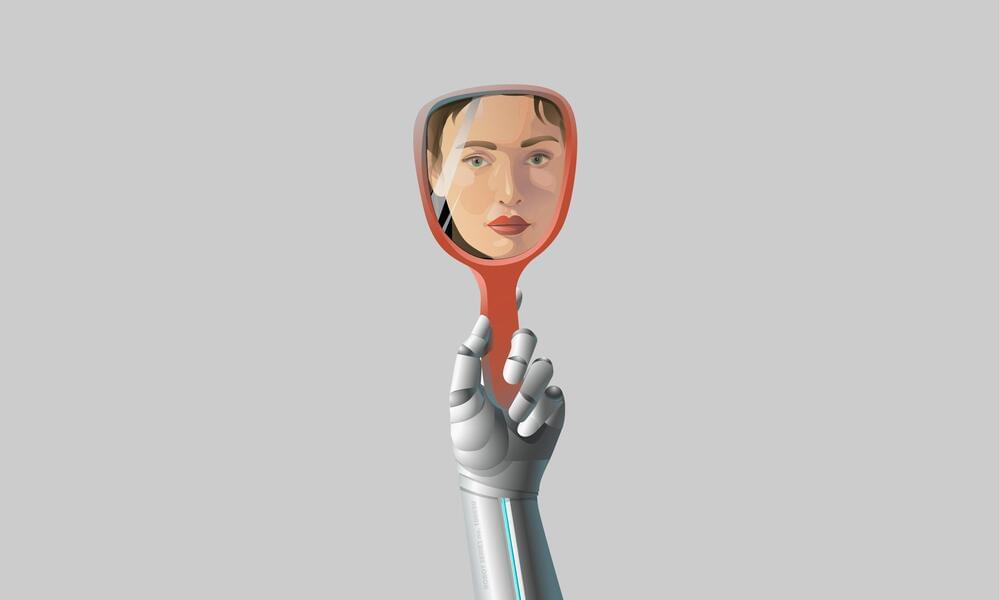Large Language Models (LLM) are on fire, capturing public attention by their ability to provide seemingly impressive completions to user prompts (NYT coverage). They are a delicate combination of a radically simplistic algorithm with massive amounts of data and computing power. They are trained by playing a guess-the-next-word game with itself over and over again. Each time, the model looks at a partial sentence and guesses the following word. If it makes it correctly, it will update its parameters to reinforce its confidence; otherwise, it will learn from the error and give a better guess next time.
While the underpinning training algorithm remains roughly the same, the recent increase in model and data size has brought about qualitatively new behaviors such as writing basic code or solving logic puzzles.
How do these models achieve this kind of performance? Do they merely memorize training data and reread it out loud, or are they picking up the rules of English grammar and the syntax of C language? Are they building something like an internal world model—an understandable model of the process producing the sequences?








